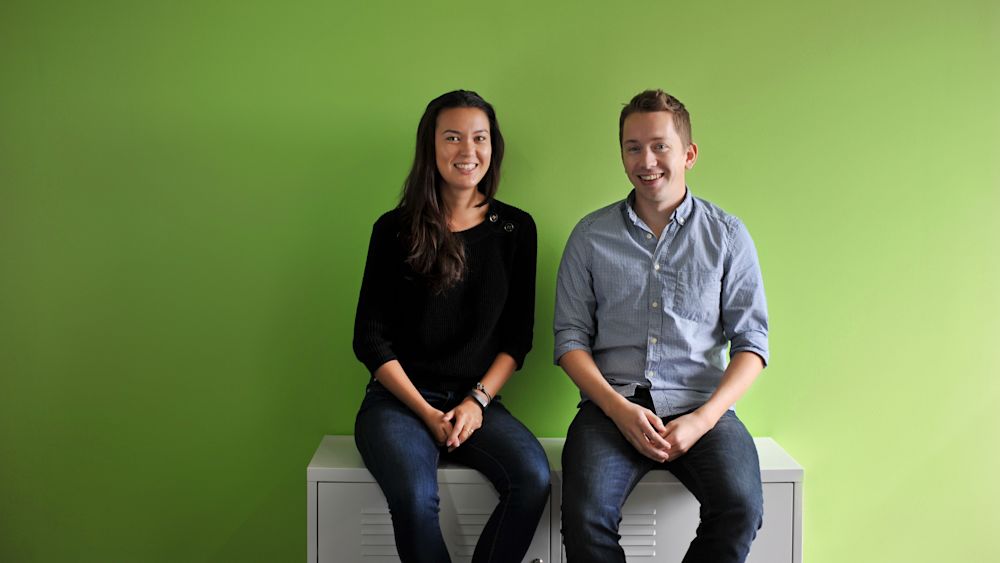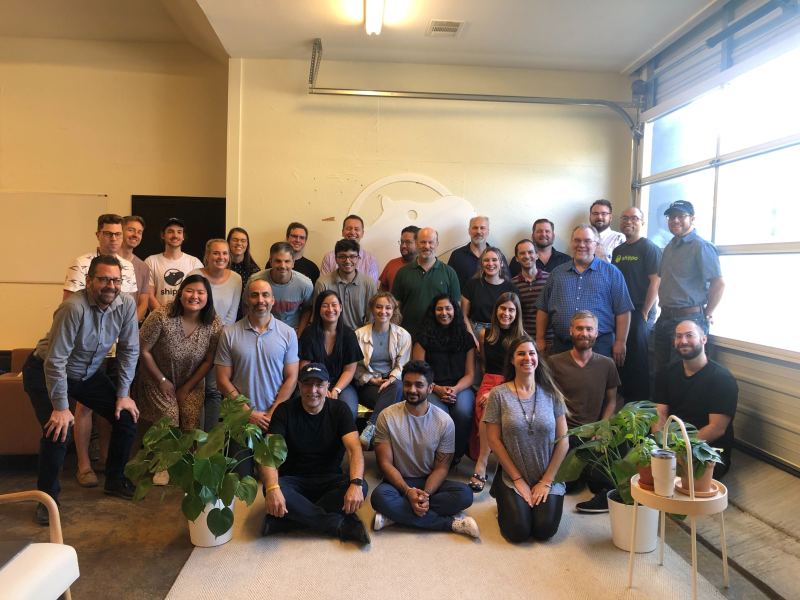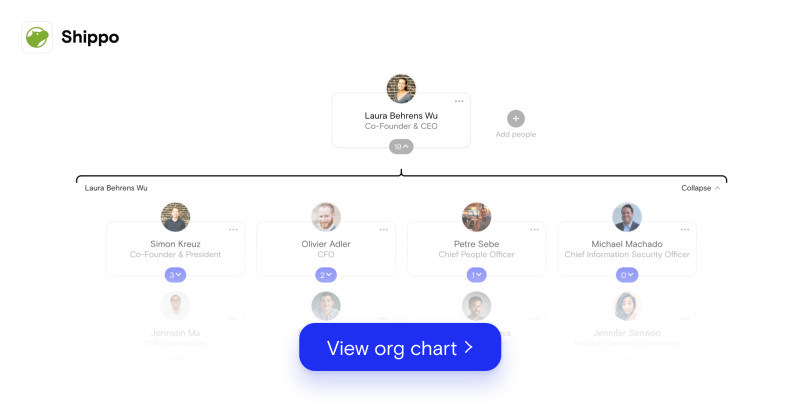Why Shipping Unicorn Shippo’s New Office Is In Austin, Texas
Table of contents
This year, startups in Texas have received roughly $1.3 billion in venture capital funding, and Austin has gained the moniker Silicon Hills. As Austin grows to become a prominent tech hubs in the United States, many startups are also looking to open up offices in the city. This includes Shippo, a company on a mission to bring businesses closer to their customers through effortless shipping.

This year, startups in Texas have received roughly $1.3 billion in venture capital funding, and Austin has gained the moniker Silicon Hills. As Austin grows to become a prominent tech hubs in the United States, many startups are also looking to open up offices in the city.
This includes Shippo, a company on a mission to bring businesses closer to their customers through effortless shipping. The startup unicorn, which raised a $50 million Series E in June this year, opened its first office outside of its San Francisco headquarters in Austin, Texas.
The Org spoke with Shippo’s first Austin hire, Yasser Farra, the Sr. Director of Engineering and the Head of Shippo Austin to learn more about why the company decided to expand its operations to Texas.
Access to diverse talent
According to Farra, who has more than 25 years of experience leading engineering and technical teams, most recently serving as the VP of Engineering of Alegion, Shippo’s decision to expand to Austin was driven by the want to access a different type of talent and skillset.
Texas is home to some of the top educational institutions in the country including Rice University, UT Austin and Texas Tech University, and has one of the highest growing millennial populations in the United States.
“There is a lot of talent in San Francisco and in the Bay Area, but sometimes it tends to be homogenous and people just rotating between companies,” Farra said. “Here in Texas you get different schools, different mindsets and of course different skill sets because of the type of companies that exist here.”
Originally, the Texas office was going to be limited to just engineers, but it quickly expanded to include all functions in the company such as marketing, customer service, business development and product.
“Diversity of all kinds is really important to create a vibrant workplace,” he said. “That's why people stick around in companies — they feel like they belong to a family, other than just being in a job."

A company focused on culture-building
Shippo will still be a remote-first company, but as a collaborative worker, Farra sees a lot of benefits of having a physical office space where his team can build cohesion and chemistry.
“A lot of companies want employees to be responsible for coming up with ideas but they don’t provide them the environment to do that,” Farra told The Org. “We want to have a space so that there is more flexibility around innovating and creating, giving people an opportunity to attend hackathons innovation events.”
Since becoming the Sr. Director of Engineering, Farra has focused heavily on building a culture centered around a strong sense of ownership and autonomy.
“We like to build small autonomous teams that are independent, that can build strong technology and own it from cradle to grave, we focus a lot on taking risks and being able to challenge norms,” he said.
For Farra, the type of talent he is currently looking for are team members that don’t just take orders, but also regularly innovate and are product-minded in their approach to problem-solving.
“One of my best employees, he’s always thinking outside of his job as just an engineer and architect. We had a situation where one team was constantly being interrupted to do customer work while trying to execute on their roadmap deliverable, so this employee came up with the idea of what we called the ‘Justice League,’ where engineers were placed on two-week rotations into the Justice League to do customer work,” he said.
To Farra, this employee had shown initiative beyond his day-to-day responsibilities by helping simplify the process and making it more efficient for the rest of the team.
“So it really comes down to two things. One is the team and one is the environment,” he said. “You have to make sure you hire the right people who like to own things and who like to be empowered, and then you have to create an environment in which they can thrive.”
Plans to become global
Currently, the team in Austin sits at around 40 people, and Farra believes that number will only grow. Knowing that shipping is not only a US problem, but one that affects people globally, he says that the company will eventually begin hiring talent overseas.
“We're still right now in a very rapid hyper-growth phase and we’re going to continue to build our team locally and expand globally,” Farra said. “The idea is to diversify the talent and then have access to talent in different time zones and places.”
Create your own free org chart today!
Show off your great team with a public org chart. Build a culture of recognition, get more exposure, attract new customers, and highlight existing talent to attract more great talent. Click here to get started for free today.
In this article


The ORG helps
you hire great
candidates
Free to use – try today
